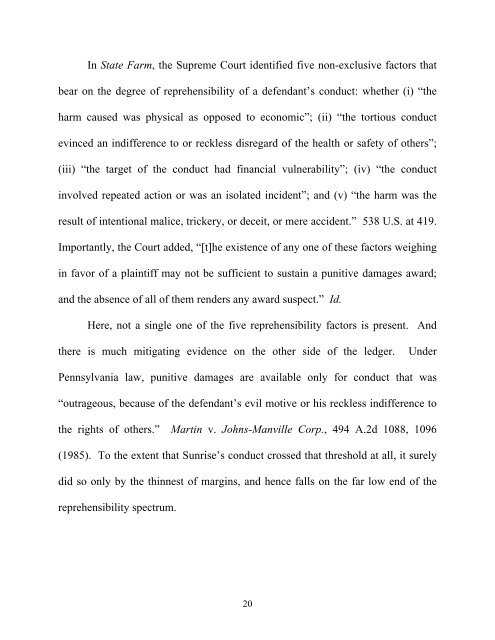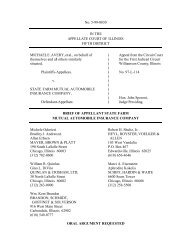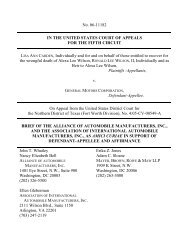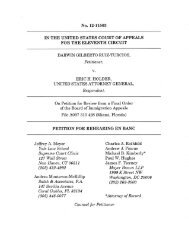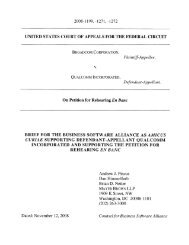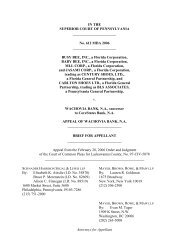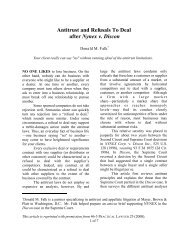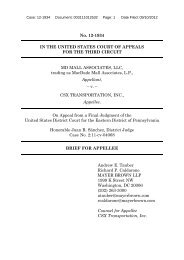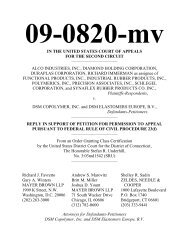Opening Brief for Appellant/Cross-Appellee - Appellate.net
Opening Brief for Appellant/Cross-Appellee - Appellate.net
Opening Brief for Appellant/Cross-Appellee - Appellate.net
You also want an ePaper? Increase the reach of your titles
YUMPU automatically turns print PDFs into web optimized ePapers that Google loves.
In State Farm, the Supreme Court identified five non-exclusive factors that<br />
bear on the degree of reprehensibility of a defendant’s conduct: whether (i) “the<br />
harm caused was physical as opposed to economic”; (ii) “the tortious conduct<br />
evinced an indifference to or reckless disregard of the health or safety of others”;<br />
(iii) “the target of the conduct had financial vulnerability”; (iv) “the conduct<br />
involved repeated action or was an isolated incident”; and (v) “the harm was the<br />
result of intentional malice, trickery, or deceit, or mere accident.” 538 U.S. at 419.<br />
Importantly, the Court added, “[t]he existence of any one of these factors weighing<br />
in favor of a plaintiff may not be sufficient to sustain a punitive damages award;<br />
and the absence of all of them renders any award suspect.” Id.<br />
Here, not a single one of the five reprehensibility factors is present. And<br />
there is much mitigating evidence on the other side of the ledger. Under<br />
Pennsylvania law, punitive damages are available only <strong>for</strong> conduct that was<br />
“outrageous, because of the defendant’s evil motive or his reckless indifference to<br />
the rights of others.” Martin v. Johns-Manville Corp., 494 A.2d 1088, 1096<br />
(1985). To the extent that Sunrise’s conduct crossed that threshold at all, it surely<br />
did so only by the thinnest of margins, and hence falls on the far low end of the<br />
reprehensibility spectrum.<br />
20


